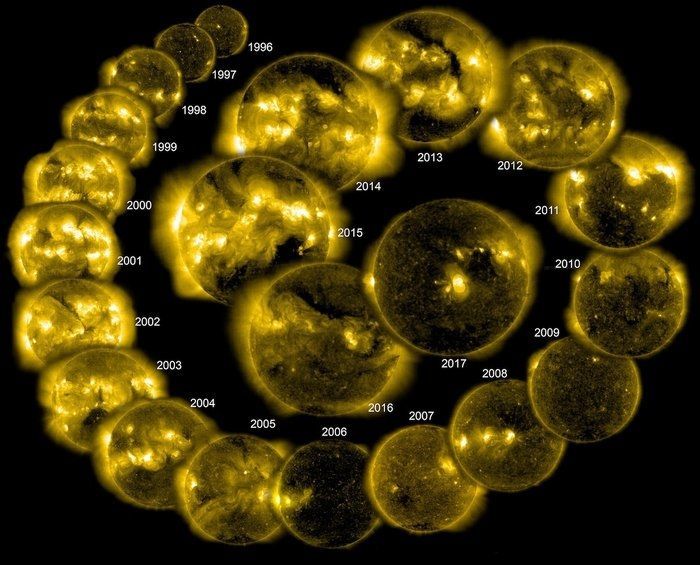
Aging skin is a major concern for menopausal women – who experience hormone changes – as it affects self-confidence, psychological wellbeing, intimate relationships, and is the one life challenge where women don’t budget. The anti-aging industry, which is worth $50 billion a year, knows this very well!
When women notice more wrinkles, increased sagging, dullness, dryness and feeling less attractive, they usually opt for fillers, Botox, threads, chemical peels, etc. However, the question remains: how long will all of these sustain rapidly aging skin? Scientific evidence suggests that women lose 30% of their collagen content in the first five menopausal years. Recently, it has been proposed that using bioidentical HRT during this critical time of rapid skin aging can hugely prevent menopausal skin aging.
Furthermore, in the European anti-aging market, “skin HRT” is already being used to prevent rapid changes in menopausal skin by targeting oestrogen receptors. “Skin HRT” is used as an anti-aging cosmeceutical, not just to prevent rapid skin aging, but it can be safely used in women where HRT is contraindicated, as it does not absorb systemically.
Read more


















